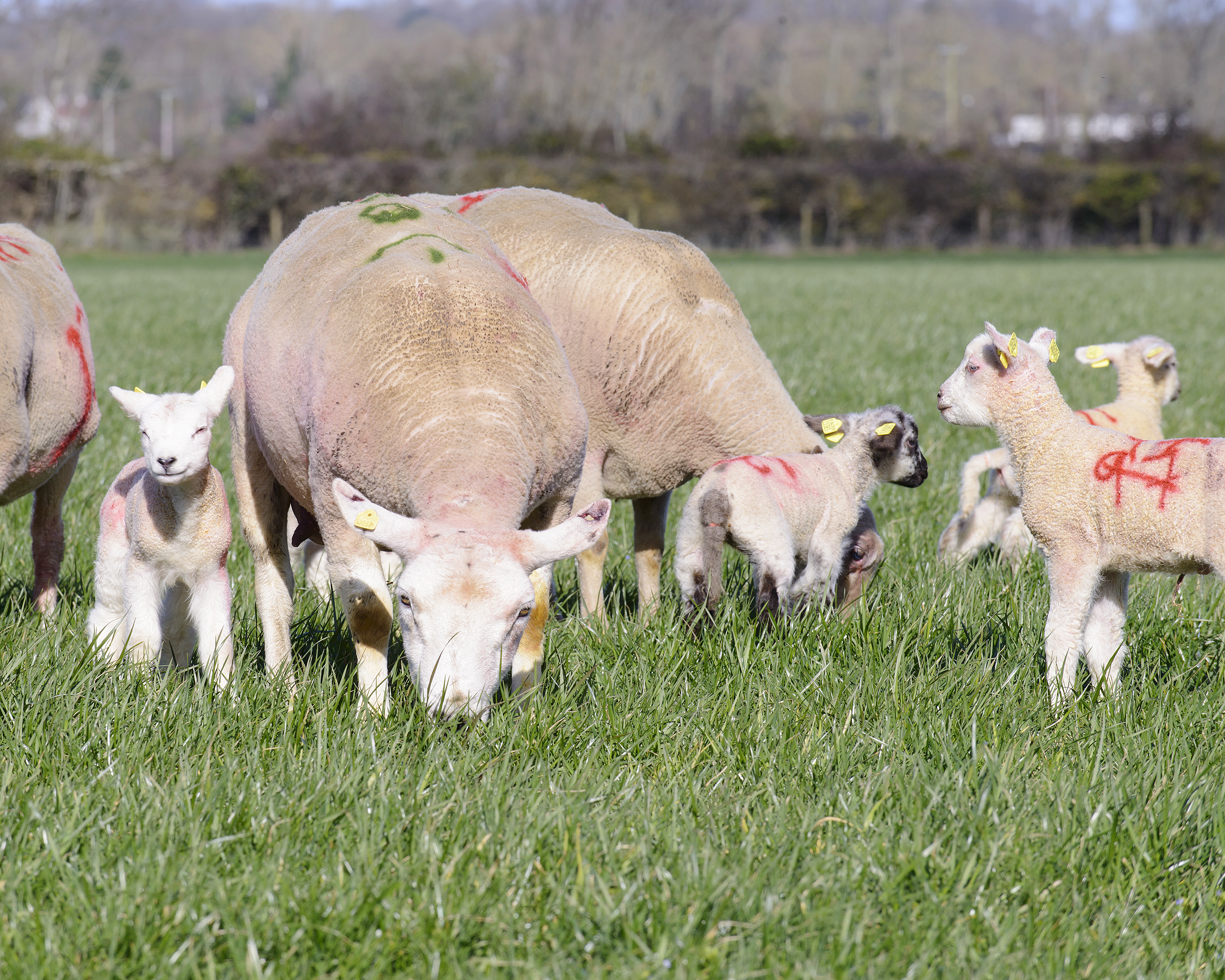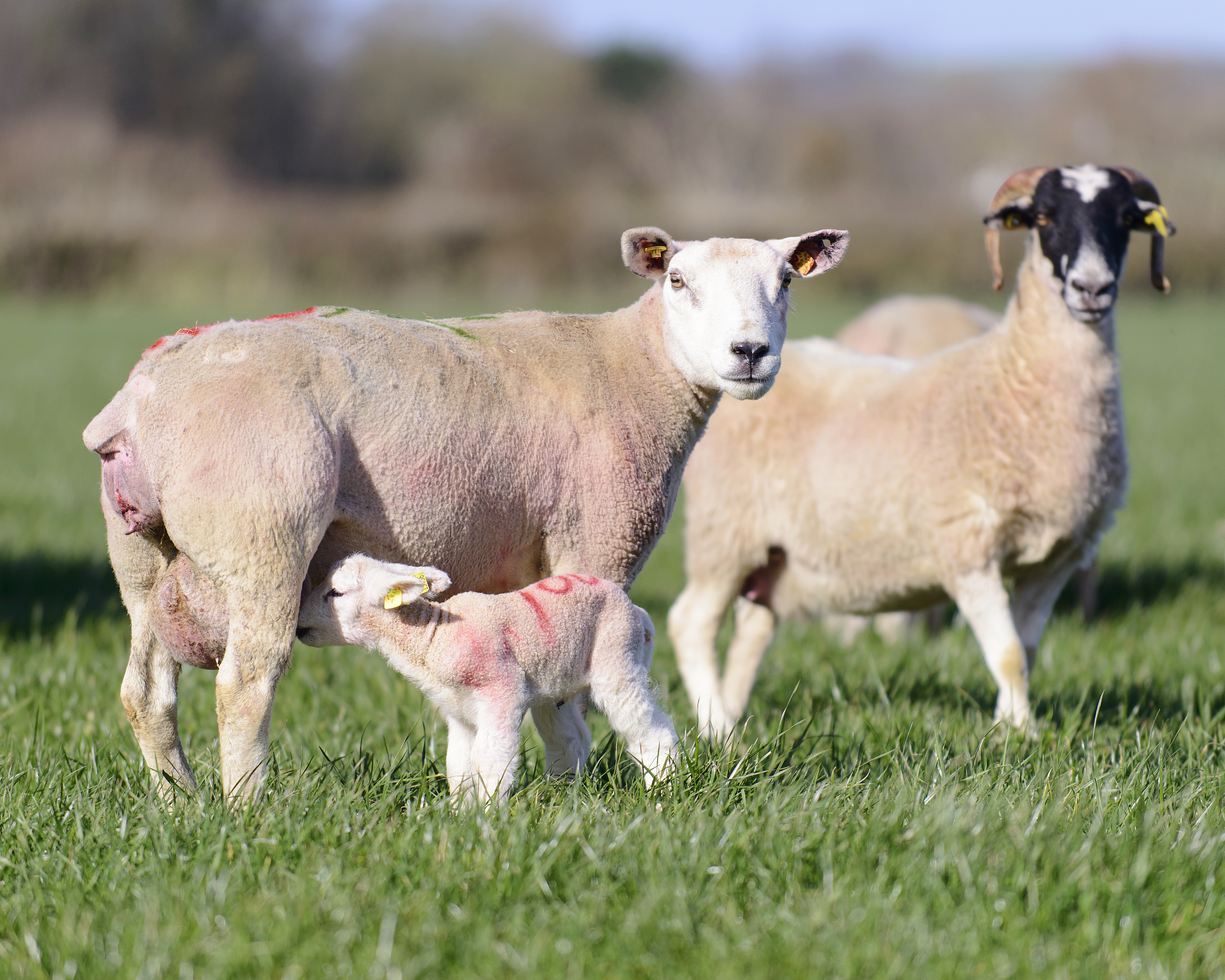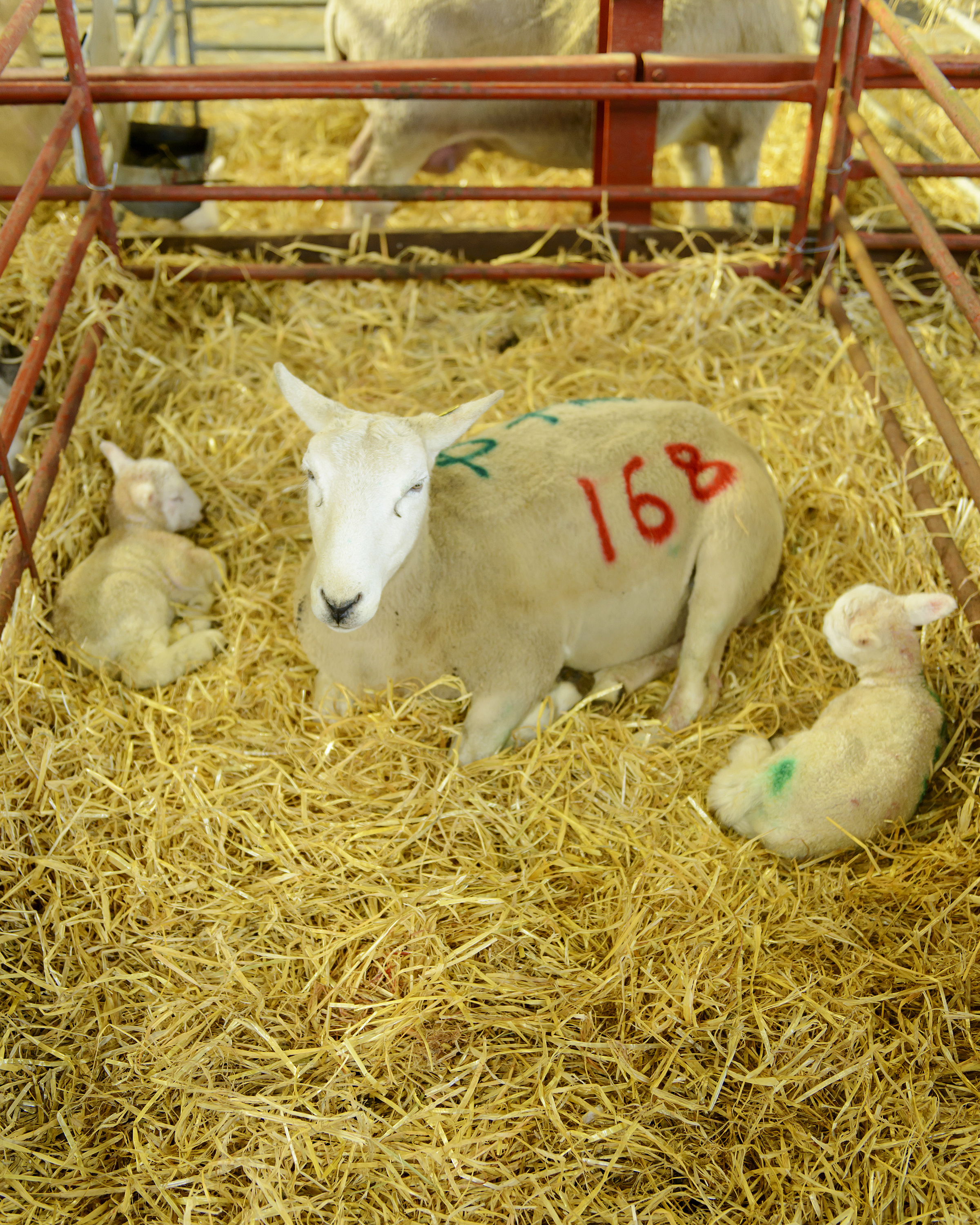
Overview:
Tommy Boland, Connie Grace, Bridget Lynch and Helen Sheridan
The ability to grow large quantities of high quality grass at a low cost relative to other feed resources is often and correctly cited as an important competitive advantage for Irish livestock producers. As 2017 is the ‘Year of Sustainable Grassland’ it is appropriate that results arising from a large scale project funded by the department of Agriculture, Food and the Marine involving researchers in UCD, Teagasc and AFBI indicate how pasture based production can be enhanced in terms is its sustainability.
The SMARTGRASS project has focussed on dry matter yield, forage quality, ensiling potential, animal production, impact on associated biodiversity and soil structure from a range of sward types including perennial ryegrass monocultures right up to ‘multispecies’ mixtures containing nine separate species encompassing grasses, legumes and herbs. Many of these herbs in particular are found in older pastures, but the varieties under investigation in SMARTGRASS are agronomically improved varieties, more suited to the rigours of modern day livestock farming.
A number of experimental approaches were taken in the SMARTGRASS project, including traditional plot scale studies, actual versus simulated grazing studies, systems grazing studies and ensilability studies.
For the plot based studies 100’s of plots were established encompassing a wide range of mixtures incorporating different proportions of nine species (perennial ryegrass, timothy, cocksfoot, red clover, white clover greater birdsfoot trefoil, ribwort plantain, chicory and yarrow). These plots were harvested under an eight cut simulated grazing protocol across three harvest seasons. Key findings arising from this portion of the study include: multispecies sward mixtures, had higher yields of DM per ha compared to monocultures over three years, even though the multispecies swards received considerably lower nitrogen inputs (90 kg versus 250 kg N per ha per year). The yield achieved in the multispecies swards was more persistent over the three years compared to the high input monocultures. Additionally the multispecies swards were more resistant to weed invasion over the course of the study.
Following on from this the comparison of multispecies swards to monocultures under both actual (animal) grazing and simulated (machine mowing) grazing showed that great care is needed when assessing the performance of multispecies swards. While the performance of the perennial ryegrass monocultures were similar under both assessment methods, the multispecies swards had lower yields under the actual animal grazing methodology. In some ways this is not surprising as the cutting and grazing protocols were both designed for perennial ryegrass, and we know the swards containing a range of species require somewhat different management.
A third major study involved the establishment of a large animal grazing systems study at Lyons Farm to test how animals performed when offered four sward types over two grazing seasons. Swards were established in September 2014 and were grazed in 2015 and 2016. The swards tested were a perennial ryegrass only sward (PRG) receiving 163 kg N/ha/yr; a perennial ryegrass plus white clover sward (PRGWC) receiving 90 kg N/ha/yr; a six species sward (6S) containing perennial ryegrass and timothy, white clover and red clover, ribwort plantain and chicory receiving 90kg N/ha/yr; and a nine species sward (9S) including the six species above plus cocksfoot, greater birdsfoot trefoil and yarrow receiving 90 kg N/ha/yr. Each sward type was managed as a separate farmlet, with 5 grazing divisions per farmlet and operated under a rotational grazing system stocked with 12.5 twin rearing ewes per hectare.
Findings show that lambs grazing the multispecies swards had higher growth weights to weaning than lambs grazing perennial ryegrass only. Lambs from the 6S swards had a weaning weight of 33.3kg at 14 weeks of age, and this was 2.5 kg heavier than the lambs grazing PRG. These lambs grazing the 6S grew at a rate of 350 grams per day from birth to six weeks of age. Indeed lambs on all sward types had growth rates in excess of 300 grams per day for the first six weeks of life, and by including additional species to perennial ryegrass in the sward lamb performance was improved.
As the lamb is dependent on the mother’s milk for essential all its energy requirements at this stage of life, this suggest that these ewes either produced more milk, or the milk they produced had a higher content of solids (fat and protein).
Further key findings from this study include the reduced requirement for dosing to control stomach worms when lambs were grazing swards containing herbs (chicory and plantain). This is potentially a very important finding for Irish sheep farmers. One of the key challenges in pasture based production systems is the need to control intestinal parasites such as stomach worms. This control has largely depended on the use of chemical anthelmintic, though recent evidence shows there is huge resistance within the parasites to these drugs. The fact that animals grazing multispecies swards required less dosing, is critical as it points to a lower reliance on these drugs to control these parasites, as there are some anthelmintic properties within the plants themselves.
Finally, the lambs grazing the multispecies swards were slaughtered at a younger age (same weight) than the lambs grazing the perennial ryegrass only sward. This frees up grass at a key time on sheep farms in the pre mating season for flushing ewes, ensuring correcting body condition score at mating and supporting a good litter size within the flock.
On the environmental side a number of key benefits are also evident. More species rich swards support greater invertebrate biodiversity, with earthworm numbers and diversity increased in multispecies swards. Also some modelling data would suggest the potential to reduce nitrous oxide emissions per kg of ‘grass’ DM produced when using multispecies swards, largely arising from the reduced fertiliser N requirements.
There are some issues to consider however, these include the issue of dealing with weeds in newly established swards, and the persistency of the swards over time. Weed encroachment is an issue as there are no chemical herbicides available in Ireland that would not remove either the herbs or the grass from the sward when controlling weeds. Interestingly though the multispecies swards were more resistant to weed encroachment compared to perennial ryegrass monocultures where no weed spray was applied.
Further work is required to develop management blueprints for the incorporation of multispecies swards in to grass based production systems but there is enough evidence here to support further investigation.

